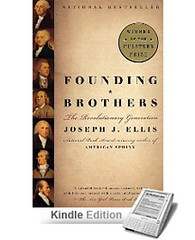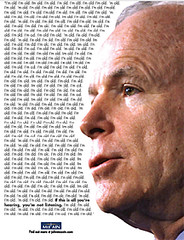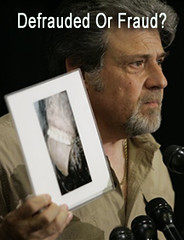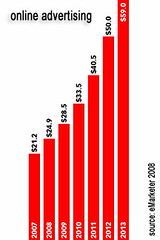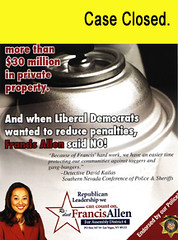According to the Wall Street Journal, PepsiCo will be awarding $1 million if anyone can create a Doritos Super Bowl commercial that beats out all other Super Bowl ads based on viewer rankings.
"We've always believed our fans have the talent and passion to compete at the highest level, and we are putting $1 million on the table to demonstrate our confidence and also help our winner fulfill their own destiny," said Ann Mukherjee, group vice president of marketing for Doritos. "Whether it goes toward funding a short film, opening an ad agency or anything in between, we're empowering them with an unmatched stage to compete on and a motivation to make it happen."
Winning the $1 million will not be easy. After consumer-creators submit their entry, it will be up to fans to vote online for five finalists (including the one advertisement that will air during Super Bowl XLIII). All finalists will receive $25,000 and a trip to Tampa Bay, Florida, to attend Super Bowl XLIII.
Additional details for the "Crash The Super Bowl" contest are posted on the Doritos interactive Web site. The contest represents an increasing trend among companies to engage consumers by asking them to create original advertising and marketing.
Related thought: For the all these efforts to turn consumers into brand ambassadors, one wonders why there is ever any debate on employees becoming brand ambassadors too.

"We've always believed our fans have the talent and passion to compete at the highest level, and we are putting $1 million on the table to demonstrate our confidence and also help our winner fulfill their own destiny," said Ann Mukherjee, group vice president of marketing for Doritos. "Whether it goes toward funding a short film, opening an ad agency or anything in between, we're empowering them with an unmatched stage to compete on and a motivation to make it happen."
Winning the $1 million will not be easy. After consumer-creators submit their entry, it will be up to fans to vote online for five finalists (including the one advertisement that will air during Super Bowl XLIII). All finalists will receive $25,000 and a trip to Tampa Bay, Florida, to attend Super Bowl XLIII.
Additional details for the "Crash The Super Bowl" contest are posted on the Doritos interactive Web site. The contest represents an increasing trend among companies to engage consumers by asking them to create original advertising and marketing.
Related thought: For the all these efforts to turn consumers into brand ambassadors, one wonders why there is ever any debate on employees becoming brand ambassadors too.








